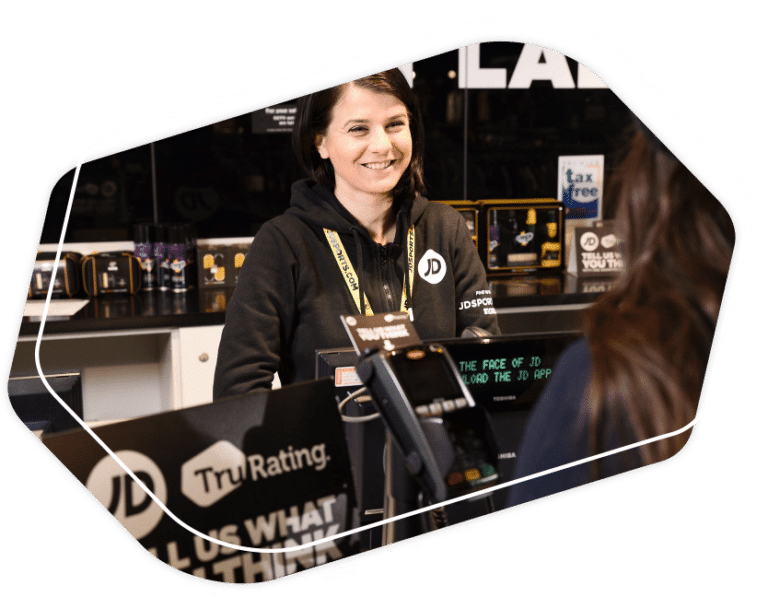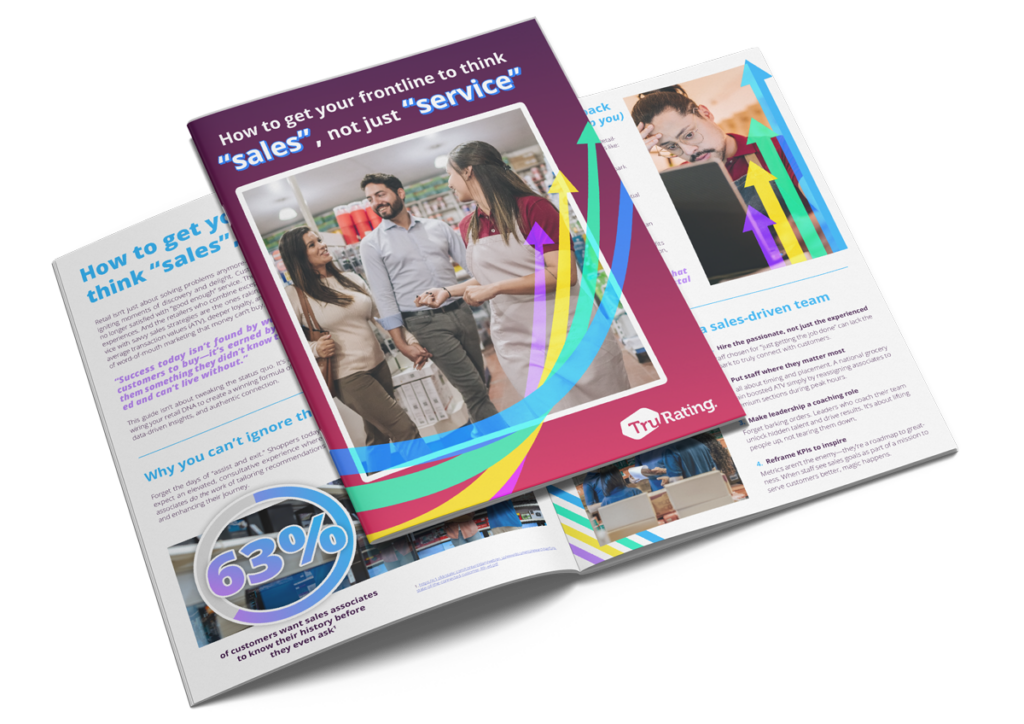Have you ever agreed to take part in a survey, feeling generous about sharing your feedback… and then many looooong boring minutes later found yourself wishing you hadn’t – perhaps ultimately walking away without completing the survey?
If so – you’re not alone.
Poor survey design, intrusive personal questions and simply expecting too much time and effort from participants, can all cause people to abandon the experience fairly quickly.
It’s estimated that you’ll see some dropouts occurring within the first minute of starting a survey, and after more than 3 minutes, you’ve already lost 15% of your respondents. For retailers relying on traditional survey methods like receipt-based surveys or even email surveys, the likelihood of customers participating in the first place is already low – likely between 1-3% of your actual customers – so it’s even more vital that you don’t start to lose big segments of those participants during the process.
And ironically, retailers who are fervently focused on creating excellent customer experiences – probably the ultimate purpose of the survey – are adding a final touchpoint that is, unfortunately, a pretty poor experience for the participant. Given that the majority of those who take part are likely to have had either a poor or fantastic experience (it’s not usually the ‘satisfied majority’ that are motivated to leave feedback, but the extremes on either side), businesses are potentially ending what may have been a wonderful – or below-par – customer journey, with an experience that negatively impacts customer experience and trust.
And that’s not even getting into the studies that tell us that longer surveys have a significant impact on the reliability of the responses, compared to their shorter counterparts – because people get bored and start just answering all the questions identically.
So what can businesses do to avoid this?
First off, don’t make people go out of their way to give their feedback. Handing someone a receipt and expecting them to later jump online and fill out a survey is unlikely to result in many participants to start with.
Secondly, reconsider asking for personal details. We know that businesses love to get their hands on any and all data relating to their customers! But given that fewer and fewer people are willing to participate in surveys now, precisely because of their data privacy concerns, you’re likely to have a lot dropping as soon as they get a question they regard as ‘personal’. What’s more important, hearing from a representative number of your customer base, or only hearing from the small skewed minority that are willing to share those details with you (and bear in mind that it tends to be the younger generations who are more protective of their data)?
Finally – keep it short and simple. Asking people to fill out 20+ questions is intrusive on customer’s time and probably not reflective of your business’s values . Retail companies work incredibly hard to shave mere seconds off the check-out process, yet in some cases will nonchalantly present customers with a receipt linked to an online survey that takes the average person a good 20 minutes or more to get through. Customers notice the inconvenience.
In fact, micro-surveys are gaining more and more attention as a way to get responses from customers quickly, easily and in the moment – especially when presented as part of a familiar step of their journey, such as the payment process. TruRating is getting average response rates of 80%+ for retailers, simply because it’s super quick and easy to rate during checkout, and we can guarantee anonymity to every single shopper.
You can learn more about how TruRating’s patented technology is enabling retailers across the globe to hear from the majority of their customers here.












